Fantasy And Children’s Books
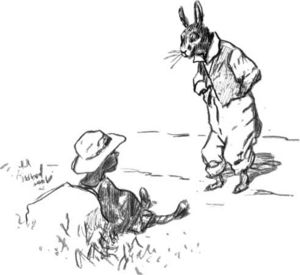 Long before I’d heard of fantasy as a genre, I loved books that fall into that category. I was a child, after all, and had no problem with talking animals or Impossible Things. I loved to imagine, so Mr. Toad’s Wild Ride was a story to dream about. And I wasn’t steeped in politically correct-think, so the Uncle Remus stories such as Brer Rabbit and the Tar Baby were a delight, not a controversy.
Long before I’d heard of fantasy as a genre, I loved books that fall into that category. I was a child, after all, and had no problem with talking animals or Impossible Things. I loved to imagine, so Mr. Toad’s Wild Ride was a story to dream about. And I wasn’t steeped in politically correct-think, so the Uncle Remus stories such as Brer Rabbit and the Tar Baby were a delight, not a controversy.
Later I “graduated” to realistic fiction, but I never lost my love of fantasy, though I found it more often in comic books. Not the superhero kind. My taste inclined toward Scrooge McDuck, Donald, and his nephews Huey, Dewey, and Louie. Maybe it was the talking animals.
Back in the day, children’s books, meaning picture books here, of all stripes seemed to convey important themes, less artfully disguised so that little listeners, and later little readers, would not miss the point. Reading and stories, after all, were not simply entertainment. They were ways of passing on the beliefs and traditions of society. They weren’t reflecting culture, they were consciously helping to maintain its standards.
Much has changed since my growing up years, not the least this attitude toward children’s books. Sure, they were good for teaching colors and numbers and identifying animals, but after The Cat in the Hat, where was the fantasy? And where was the goal to provide a moral compass for little minds and hearts?
In addition, some writers turned to children’s books, not as a means to reinforce societal norms, but as a means to change them. (See for example books like Heather Has Two Mommies).
But then along comes the very popular self-published book, The Rabbit Who Wants to Fall Asleep, and children’s books suddenly look as if they might be positioned to do for the current crop of children what the fantasies I read did for me.
I’m not sure why talking animals resonate so much with children. Maybe it’s because they are free of race and the trappings of socioeconomic situations. They transcend borders and bypass differences. Maybe it’s because they are cute or because they tap into the desire in the heart of children to imagine, to dream the what-if story. Maybe because we adults tend to surround children from their infancy with Teddy Bears and rocking horses and silly mice.
At any rate, I’m happy to see a renewed interest in children’s books, particularly by Christian authors. As western culture moves away from Christianity, books can play a bigger and bigger role in grounding children from an early age in truth and moral instruction.
I don’t know a lot of picture book titles, but Donita Paul and her daughter Evangeline Denmark have written two which I’ve mentioned before: The Dragon and the Turtle and The Dragon and the Turtle Go on Safari.
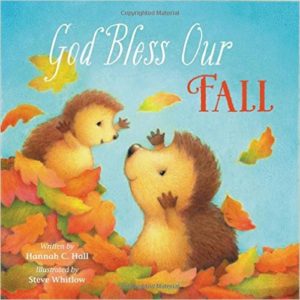 Another author who is writing imaginative picture books (imaginative because the characters are animals), is Hannah Hall. Her latest which released in August is God Bless Our Fall. Others by her include God Bless You And Good Night, God Bless My Boo Boo, and God Bless Our Christmas.
Another author who is writing imaginative picture books (imaginative because the characters are animals), is Hannah Hall. Her latest which released in August is God Bless Our Fall. Others by her include God Bless You And Good Night, God Bless My Boo Boo, and God Bless Our Christmas.
Lisa T. Bergren, who some readers know more for her speculative young adult novels, also has a series of children’s picture books, starring a family of bears. Some of her titles are God Gave Us You, God Gave Us Love, and the just released God Gave Us Sleep (a timely title, it would seem!)
In the general market there are quite a few fantasy stories with moral underpinnings, including The Pout-Pout Fish by Deborah Diesen, Giraffes Can’t Dance by Giles Andreae, and I Don’t Want To Be A Frog by Dev Petty.
What are the picture books you remember that had an influence on you? Have you seen or read any lately that you think could become classics? What do you think should be the purposes for children’s books? Why do you think so many children’s books depend on an element of fantasy?


































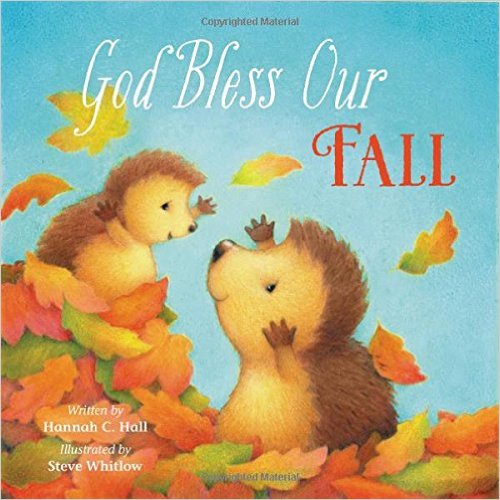
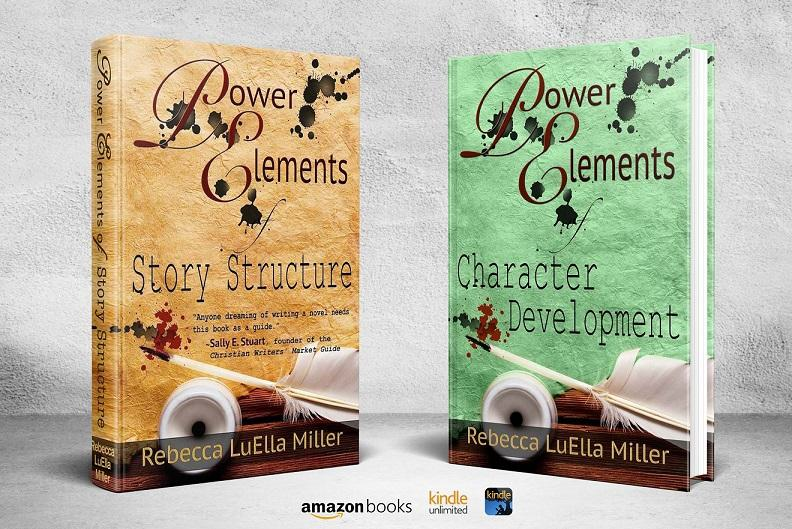
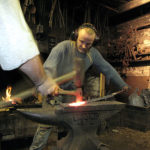

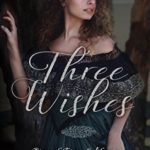




I used to read a lot of fairy tales growing up. We had a treasury of children’s tales in a giant book with all kind of tales from over the globe. I loved it. It didn’t have too many pictures but it allowed you to use your imagination.
There was a poem in the book called “The Sugarplum Tree” and we loved to hear that one over and over again. I used to imagine myself there in the sugar plum tree with the chocolate cat and the gingerbread dog. One of the more vivid stories I remember reading was about a knight who got a cinderbox (or something like that) from a witch who he later killed. Of course, back then, witches were evil and not conflicted women people misunderstood.
But I digress.
I think the reason why children’s book depend so much on fantasy is because there are no boundaries to the imagination. Their minds are young and full of discovery. The world is wonder. I remember I used to talk to the Tree People. They were my imaginary friends. My sisters, brother, and cousins (skeptics all of them!) thought I was insane but I knew better.
Even now, although grown and weary with responsibility, I still look at the trees and remember the hours of our conversation I used to have with them. Ah well. Lovely memories. Thanks for the post.
Parker, thanks for sharing these memories. Isn’t it great what books did for us as children? This is why I think we Christian writers should be the primer picture book writers!
Becky
DON’T LET THE PIGEON DRIVE THE BUS and its sequels are pretty great, not only because they’re hilarious, because they put the child reader in the position of a parent having to reason with a stubborn child. It’s patently obvious even to the youngest child that a letting a pigeon drive a city bus would be wildly irresponsible and dangerous for all involved, but the pigeon is totally convinced that he’s the right one for the job, and the arguments he uses are very similar to the ones children use on their parents when they’re not getting what they want. It’s instructive without being preachy, it encourages the reader to look at the world from a fresh perspective, and it’s fun to read over and over again, which is a quality present in all the best picture books, I think.
RJ, I’m glad you mentioned this one. I almost included it in my list, but the reviews I looked at didn’t mention anything much beyond the humor. I wanted to make a point about theme, so didn’t put it in. So I’m happy to learn it really does have purpose. Sounds hilarious and important.
Becky
The picture books that I remember best are Can’t You Sleep, Little Bear?, Goodnight, Moon, The Runaway Bunny, and Yonder. I remember more of the pictures than the words for Can’t You Sleep, Little Bear? and Goodnight, Moon, and probably would for The Runaway Bunny if “Have a carrot, said his mother” hadn’t become a common saying in our family (as it remains to this day). Yonder is one I don’t remember having read to me, or reading myself, until I was in late elementary school or middle school, but it stirred something in me that makes me remember it particularly fondly.
I read an article that pointed out that the best picture books were written 30+ years ago. Little Bear, Three To Get Ready, Mike Mulligan and his Stram Shovel, Madeline, even Eastman with Go Dog Go, we’re all 60s-70s. A family favorite is Bill Peet, an ex-Disney animator who wrote and illustrated a ton of children’s books in the 70s. The Pinkish, Purplish, Blueish Egg, Cyrus the Unsinkable Sea Serpent, Big Bad Bruce, and my personal favorite, The Wingdingdilly–plus dozens more.
We check out lots of newer books from the library, and while there’s lots of fun books, there’s not enough dragons. I’ve thought about trying to draw/illustrate a few books myself, just to have them around to read aloud.
I tried to sell an adorable dragon book a couple of years ago. Pam Halter wrote it and it was illustrated by Kim Sponaugle. They had built a fun world with ogres and dragons and fairies. I was told by one editor that dragons wouldn’t sell in the Christian market.
Look at Willoughby and tell me he’s not the most adorable dragon ever!
http://willoughbyandthefairies.blogspot.com/
It’s prose, but The Forbidden Door by Jeanne Norweb is one of the few Christian books with benevolent dragons. Reads pretty young too, if I remember. The author is a Catholic nun, and the book’s about two children entering a land where normal dragons and shadow dragons exist.
I remember loving the Serendipity books when I was little. They weren’t picture books exactly, but they had lots of illustrations, cool fantasy creatures and moral lessons. I don’t recall many picture books that I loved, except maybe some based off farm animals that had beautiful illustrations. I remember opening the books and inventing stories for my favorite pictures.
A more recent picture book that was good was Snowmen At Night. I can’t recall many others right off the bat.
This post stirs all sorts of fond memories, since my childhood was full of books. Some of my favorites were/are The Black and White Rainbow (accompanied by beautiful illustrations that slowly bring back color), The Treasure Tree (I was interested in personality types even back then), I Choose You, The Tale of the Three Trees, The Crippled Lamb, anything Winnie the Pooh, those Great White Tiger books, the Littles series, and so very many more!
I think children’s books and the messages they portray are immensely important because of how impressionable the readers/hearers are. The best ones engage the imagination and tastefully illustrate truths–be they truths about little things like manners or big things like God. (And what Parker J Cole said about imagination and wonder was spot on.) Stories are a means of discovering and understanding the world, especially for children.
Great post! Definitely made me think. 🙂
I love hearing about all these books you all are sharing. Wow! How wonderful to have good books when you’re young. Well, when you become an adult and when you grow old too! 😉
Becky
Hi Becky!
First, thanks for the shout-out! 🙂
A book I’ve read recently that I LOVED was “A Visitor for Bear.” I just nearly beg my children to check it out every time we go to the library. It has classic written all over it (in my humble opinion, anyway.) I also love Toot and Puddle. The characters in both are so relatable. The writing is lovely, and the take-away is precious and powerful (especially in A Visitor for Bear.) That book inspires me to write. 🙂
Thanks again for sharing.
🙂 I love A Visitor for Bear. I read it in my classes as an example of plotting in picture books. Bear wants something and he tries and tries to get it.
I especially love him because he reminds me so much of my father.
Picture book I loved when I was a kid: The Happy Lion, by Louise Fatio.
Picture books I loved when my children were kids: Alfie books by Shirley Hughes, The Musical Life of Gustav Mole, by Kathryn Meyrick, and A Peacock on the Roof, by Paul Adshead
Besides the normal prosaic picture books, like Richard Scarry, I remember these two the most:
The Rainbow Goblins
Masquerade
Masquerade in particular has a fantastic history, as listed in the wiki. Not sure why they stuck with me, but they did. I was a precocious reader, and remember the early reader books more. My first real SF book I read was Dragonfall 5 and the Space Cowboys.